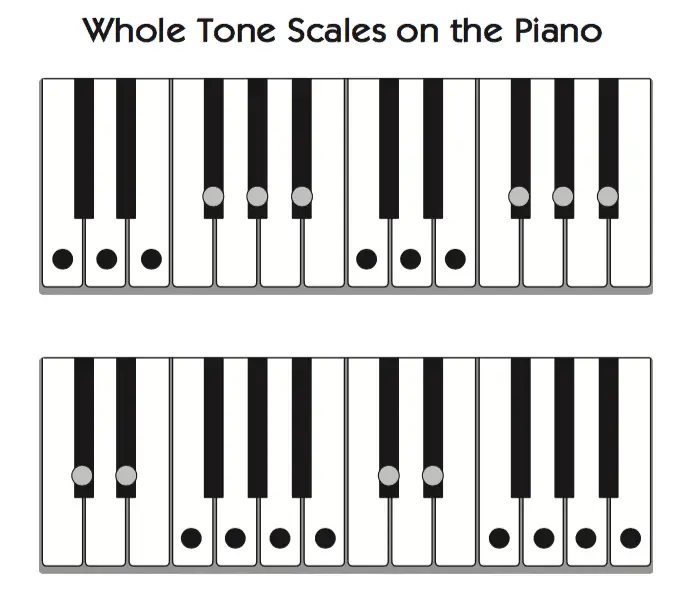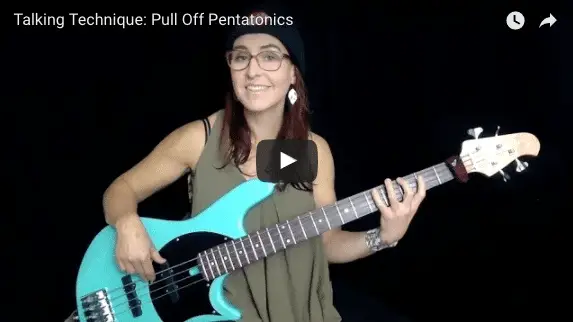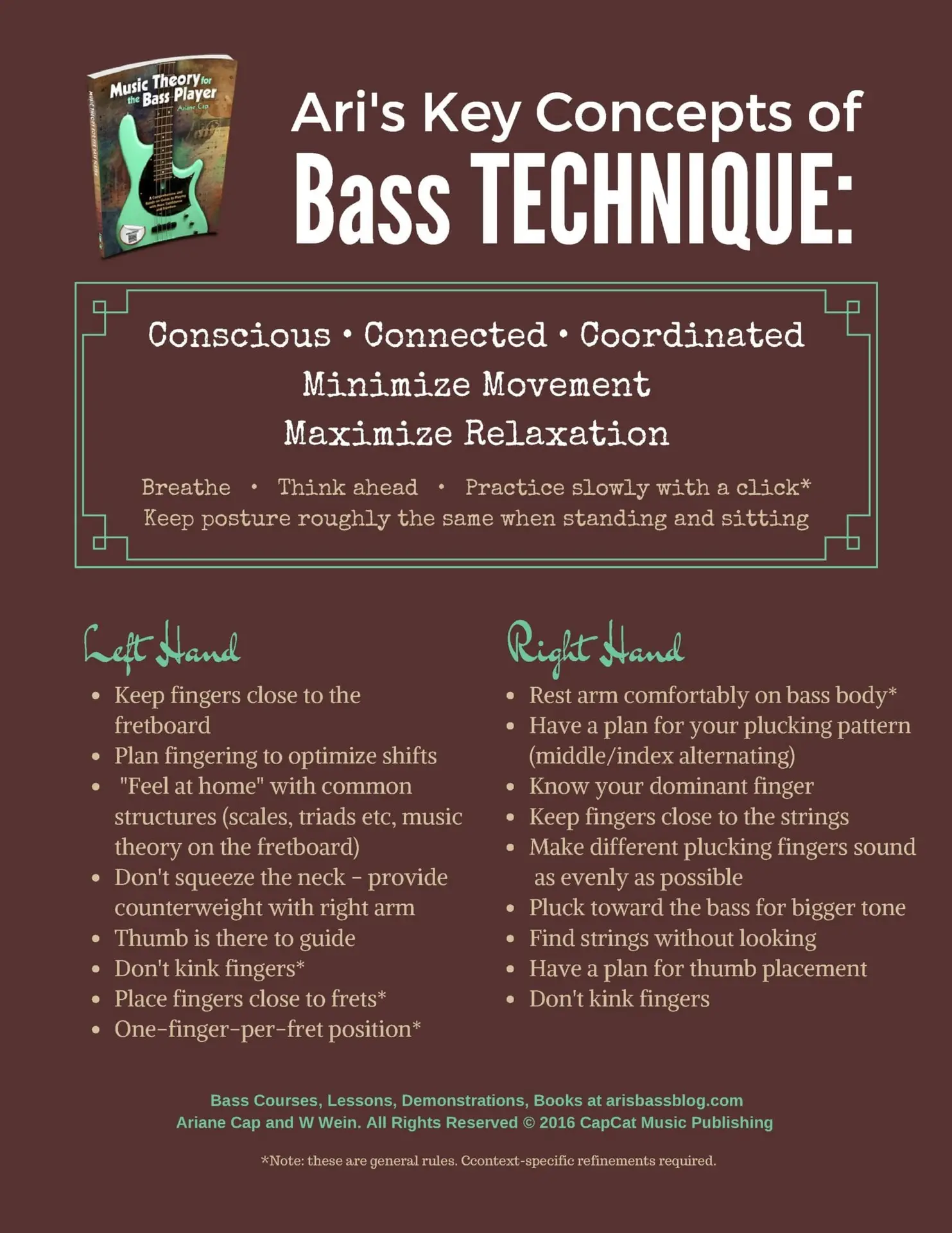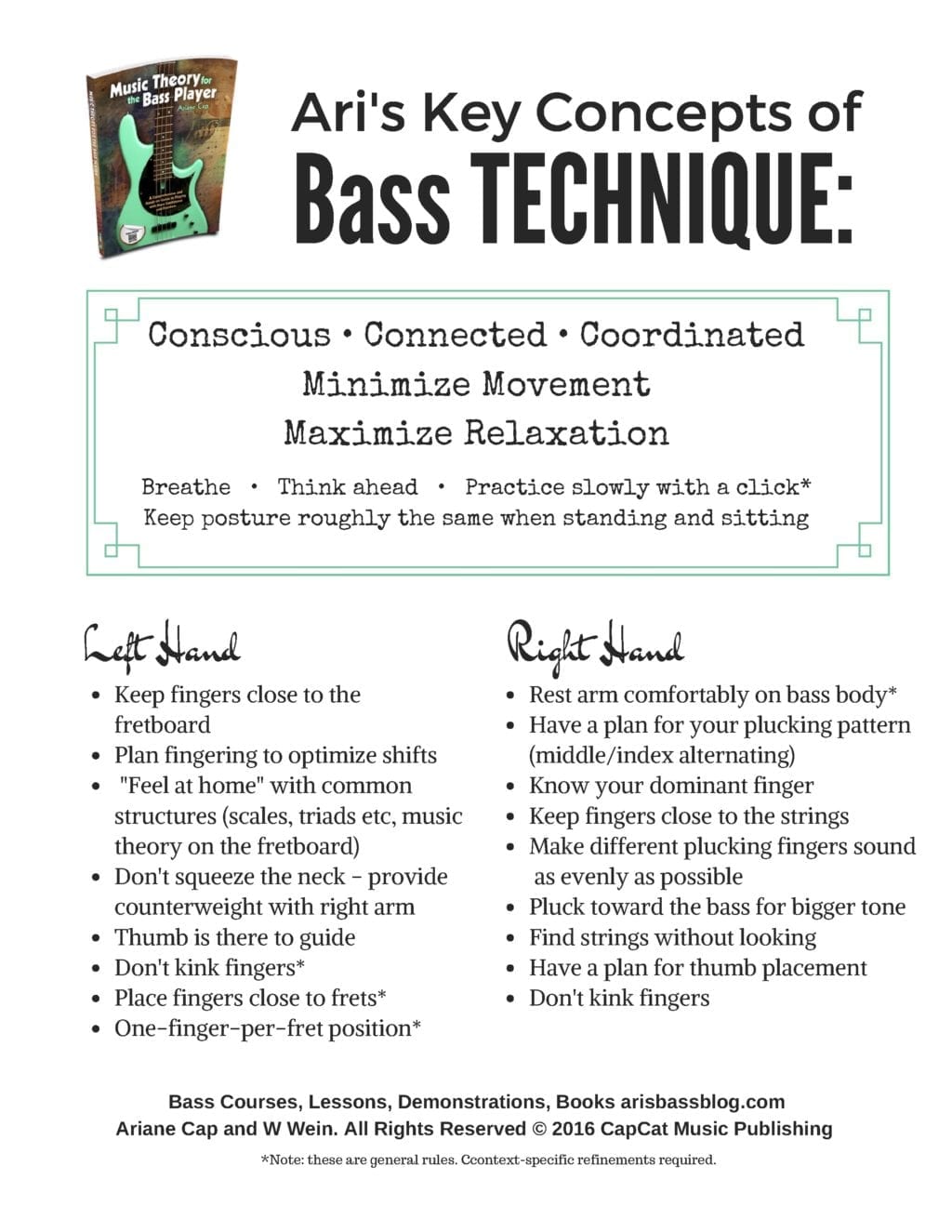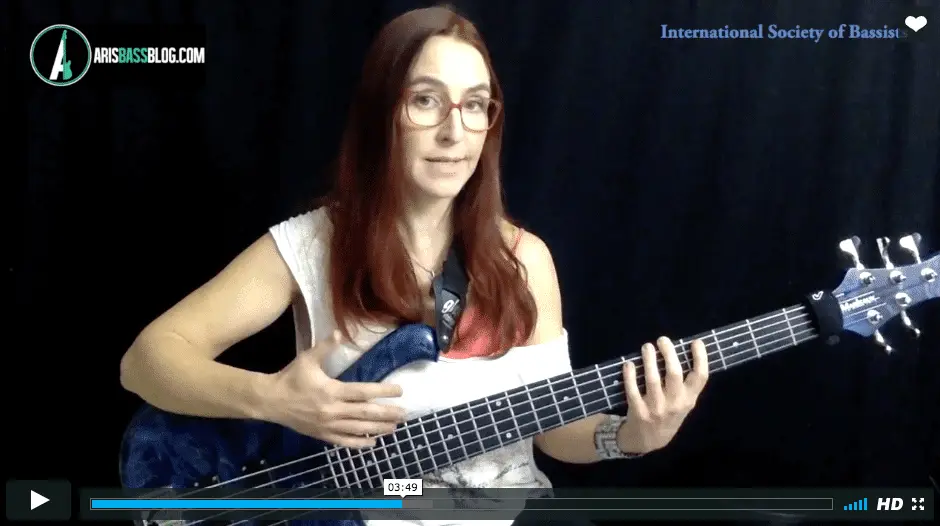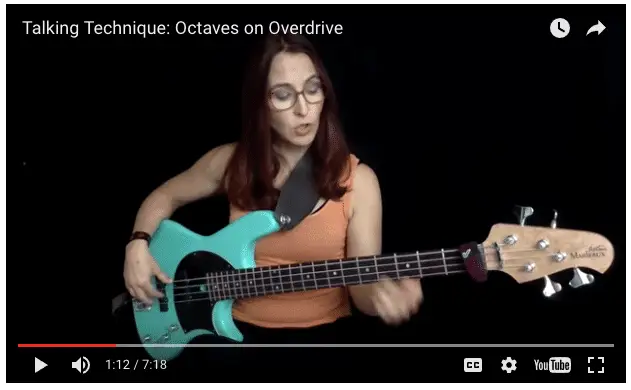Live Talk…
In this half hour+ interview with Raul Amador of Bass Musician Magazine we talk about
- my book, Music Theory for the Bass Player
- how it is unique and how it came about
- how my students inspired me to write it
- the significance and content of the wall chart
- teaching, playing and loving both of it
- I even give you my 2 minute run down of cracking the modes right then and there!
My expression in the still is epic, haha. I get passionate, what can I say 🙂
Wall chart : Available fpr $24.95 with free domestic shipping.
International shipping available: postage will be computed for your country at check out. The posters ship in tubes to protect them, hence for some countries rates are quite high. 5 posters ship for the same price as one. Share with a buddy to save on shipping rates!
Staring at the Wall has never been so productive 🙂
Check the post on Bass Musician Magazine
Purchase the book.
Order the wall chart here.
Bass Musician Magazine is an awesome online bass magazine that keeps us connected and always has relevant and interesting content. It made me discover lots of great players and resources. I have submitted one of my own articles to them as well. The story behind that is that I teach a yearly Jazz and Blues camp to women at the Berkeley, California Jazz School (AKA California Jazz Conservatory). The stories of the women inspired me and I was looking for a place to share it. BMM embraced the story and published it in their magazine. Read: An All-female Jazz Camp – What gives?

